- No products in the cart.
Bronholitin syrup 125ml vials
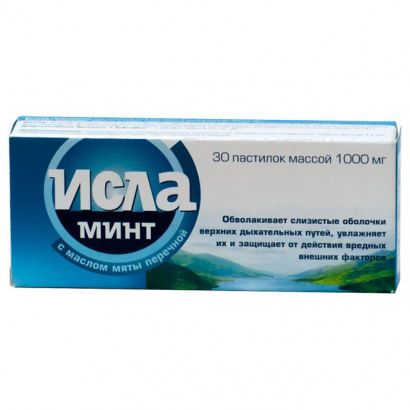
Isla Mint lozenges 1000mg 30 pieces
$8.46

Linakva norms for children and adults for washing and irrigation of 0.9% 125ml nose
$7.82
$4.32
Bronholitin syrup 125ml vials
Description
Composition
Active substance:
5 g of a syrup comprising: glaucine hydrobromide – 0,005 g, ephedrine hydrochloride – 0.004g ;.
Excipients:
Basil oil (0.005 g), anhydrous citric acid (0.005 g), sucrose (1.75 g), methyl parahydroxybenzoate (0.006 g), propyl parahydroxybenzoate (0.001 g), polysorbate 80 (0.05 g), ethanol 96% (1 7 vol.%) (0.06 g), purified water (up to 5 g).
Description:
Thick liquid clear to slaboopalestsiruyuschey from light yellow to yellow-green or light brown color and odor.
Product form:
125 ml vial.
Contraindications
– hypersensitivity to the drug;
– Coronary heart disease (angina);
– heart rhythm disturbances;
– severe organic heart disease;
– arterial hypertension;
– heart failure;
– hyperthyroidism;
– pheochromocytoma;
– closure glaucoma;
– prostatic hyperplasia (in case of residual urine);
– insomnia;
– Children under 3 years of age;
– first trimester of pregnancy;
– breast-feeding;
– fructose intolerance and malabsorption syndrome glucose / galactose deficiency or sucrase / isomaltase (each dose (5 ml) containing 2 g sucrose).
Carefully.
Precautions are administered to subjects who are prone to development of drug dependence. Due to the ethanol content in the formulation should be cautious when administering the drug to patients with liver disease, alcoholism, epilepsy, brain disease, traumatic brain injury, children 3 years of age and pregnancy (II-III trimester).
Dosage
1 mg + 0.8 mg
Indications
In the treatment of respiratory diseases, accompanied by dry cough: acute inflammatory diseases of the upper airways, acute and chronic bronchitis, tracheobronchitis, COPD, asthma, pneumonia, whooping cough.
Interaction with other drugs
When applied simultaneously with cardiac glycosides, certain sympathomimetics, means for inhalation anesthesia (halothane), quinidine, tricyclic antidepressants are at risk of arrhythmias. Similar effects can be observed while the use of oxytocin or formulations containing ergot alkaloids.
Inhibitors of monoamine oxidase (MAO) potentiate the vasoconstrictor effect of ephedrine (risk of hypertensive crises, while the application).
Receiving Bronholitin drug is possible only 2 weeks after discontinuation of MAO inhibitors.
Reduces hypotensive effect simpatolitikov due to the sympathomimetic action of ephedrine.
When coupled with a non-selective beta-blockers reduced bronchodilator effect of the drug.
When concomitantly with oral hypoglycemic agents may reduce the hypoglycaemic effect.
Drugs that stimulate the central nervous system (CNS), or tonics plant origin (coffee, tea, cola) may enhance the stimulatory effects of the drug on the CNS Bronholitin.
Overdose
Symptoms include nausea, vomiting, loss of appetite, nervous agitation, tremor of limbs, dizziness, increased sweating, difficulty in urination, increased blood pressure.
Treatment: gastric lavage, administration of activated charcoal and symptomatic treatment.
pharmachologic effect
Pharmacological group:
Antitussive combination (centrally acting antitussive + sympathomimetic agent).
Pharmacodynamics:
Bronholitin is a combined drug with marked antitussive and bronchodilator effects.
Glaucine suppresses the cough center, without causing respiratory depression, constipation and the development of drug dependence. It has a weak bronchodilator activity. Ephedrine is adrainomimetiki indirect action (inhibits the activity of amino-oxidase) and also has a weak stimulatory effect directly on adrenergic receptors.
It causes the release of norepinephrine and epinephrine, exerts a spasmolytic effect on the smooth muscles of the bronchi, stimulates the respiratory center and due to the vasoconstrictive action reduces swelling of bronchial mucosa.
Pharmacokinetics:
After oral administration of ephedrine and glaucine rapidly and completely absorbed from the gastrointestinal tract.
Maximum plasma concentration achieved glaucine 1.5 hours after administration.
Ephedrine distributed in the body with the accumulation primarily in the liver, lungs, kidneys, spleen and brain.
Glaucine and ephedrine (a small portion) is metabolized in the liver.
Glaucine excreted in urine as metabolites, and in the unchanged form.
Ephedrine half-life is about 3-6 hours. It is eliminated in the urine largely unchanged.
Pregnancy and breast-feeding
Do not use in the first three months of pregnancy and during breastfeeding.
In the period II-III trimester drug should be used with caution.
Conditions of supply of pharmacies
On prescription.
side effects
these unwanted reactions may occur by:
– cardiovascular system – disturbances of heart rhythm and conduction, tachycardia, hypertension, myocardial ischemia;
– central nervous system (CNS) tremor, dizziness, agitation, insomnia;
– gastrointestinal tract – loss of appetite, nausea, vomiting, constipation;
– urinary tract – difficulty urinating in patients with benign prostatic hyperplasia can be urinary retention;
– senses – visual disturbances;
– from the skin – urticaria, sweating;
– other – tachyphylaxis, bronchospasm.
special instructions
– Due to the stimulating effect on the central nervous system and the possible sleep disorders is not recommended acceptance Bronholitin drug after 16 hours.
– In the treatment of preparations containing sympathomimetic, including Bronholitin, there may be side effects to the cardiovascular system. In published post-marketing studies and data reported about rare cases of myocardial ischemia associated with the use of sympathomimetics (including ephedrine). Do not apply the drug to patients with cardiac disease (ischemic heart disease, arrhythmia or heart failure). We should pay particular attention to the assessment of symptoms such as shortness of breath and chest pain, as they may be either respiratory or cardiac origin.
– When receiving more than 2 weeks may cause the teeth (caries).
– If after 5-7 days after the start of treatment the symptoms persist or the condition worsens, consult a doctor.
– In applying the drug should be considered that one measuring spoon (5ml) contains up to 0.069 g ethanol (96% – 1.7% vol.). The maximum single dose (10 ml) containing about 0,130 g of absolute ethanol, the maximum daily dose (30-40 ml) contained about 0.39 g – 0.52 g absolute ethyl alcohol.
– The preparation contains as auxiliary substances methyl and propyl parahydroxybenzoate, which, though rare, can cause urticaria, and immediate hypersensitivity reactions with urticarial rash and bronchospasm.
– The content of ephedrine in a preparation can give a positive result during the doping control in athletes.
Effects on ability to drive a vehicle engine.
Due to the possible occurrence of dizziness and visual impairment, caution should be exercised when performing potentially hazardous activities that require high concentration and speed of psychomotor reactions (including the management of vehicles, work with moving machinery, the work manager, operator).
Storage conditions
In a dry place, protected from light at a temperature not higher than 25 C.
Do not freeze!
Keep out of the reach of children!.
Dosing and Administration
Inside, after a meal.
Adults and children over 10 years: 10 ml 3-4 times a day.
Children from 3-10 years: 5 ml 3 times a day.
Duration of treatment: 5-7 days.
Information
Appearance may differ from that depicted in the picture. There are contraindications. You need to read the manual or consult with a specialist
Additional information
| Weight | 0.100 kg |
|---|---|
| Manufacturer | SOPHARMA |

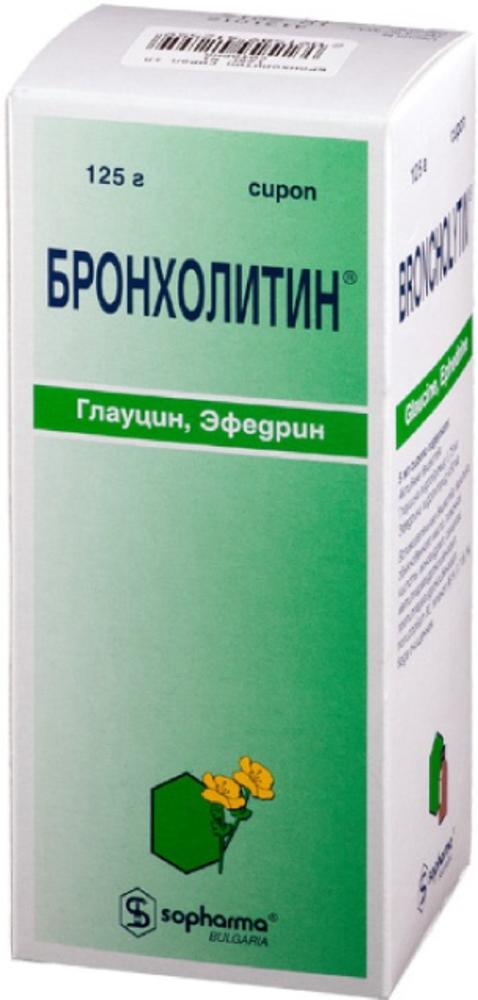
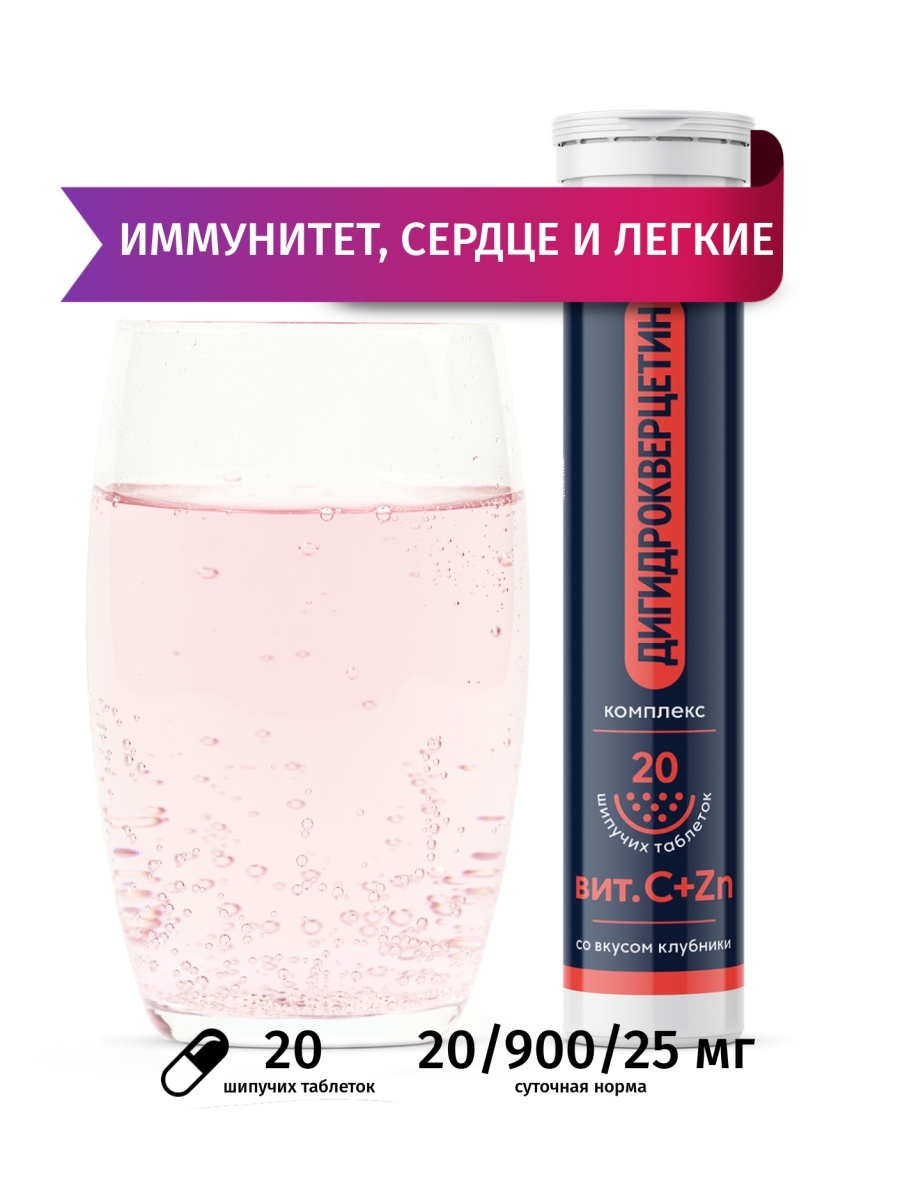
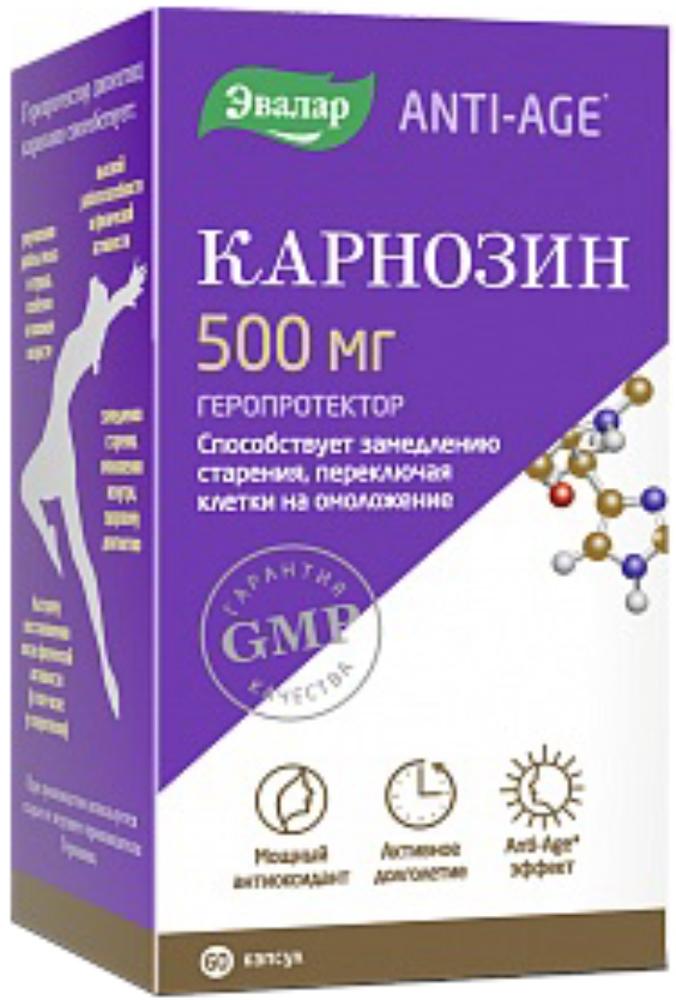
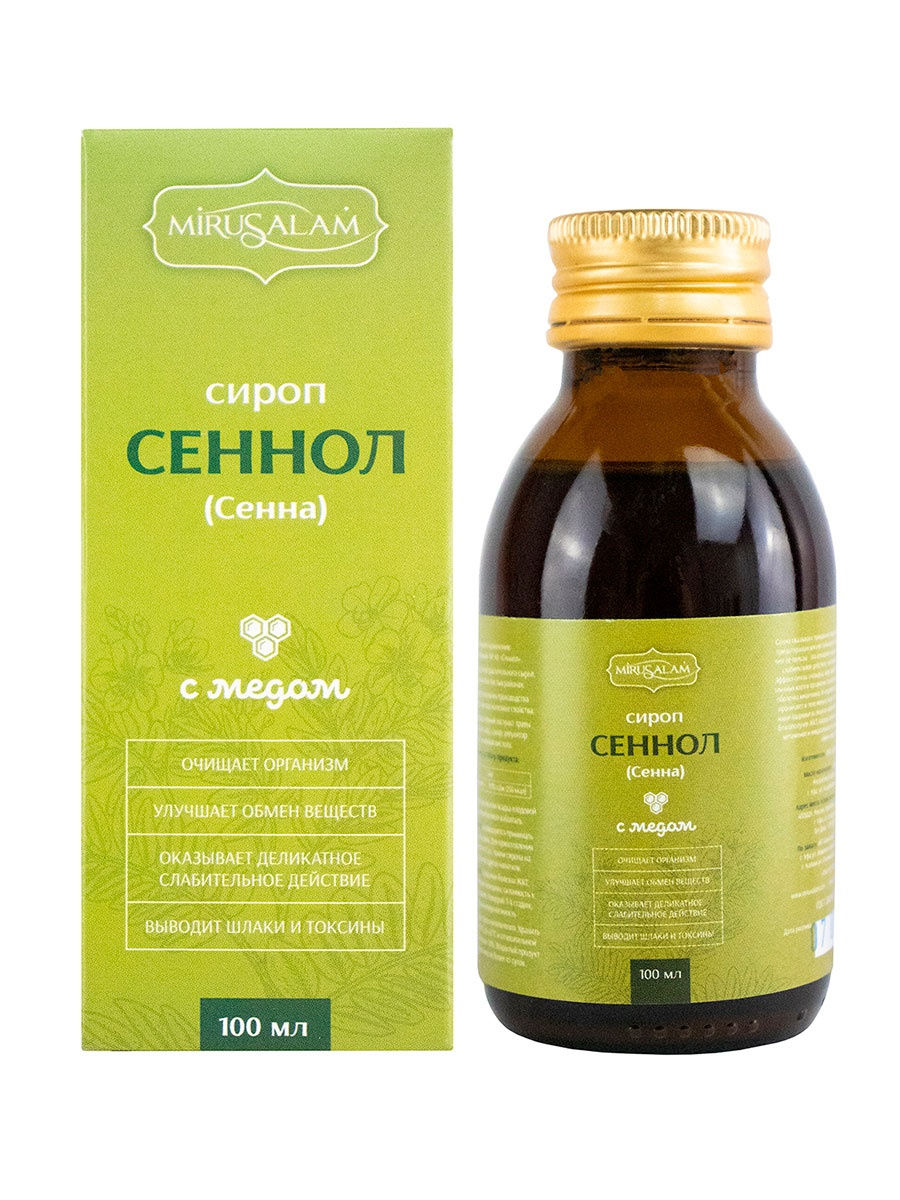
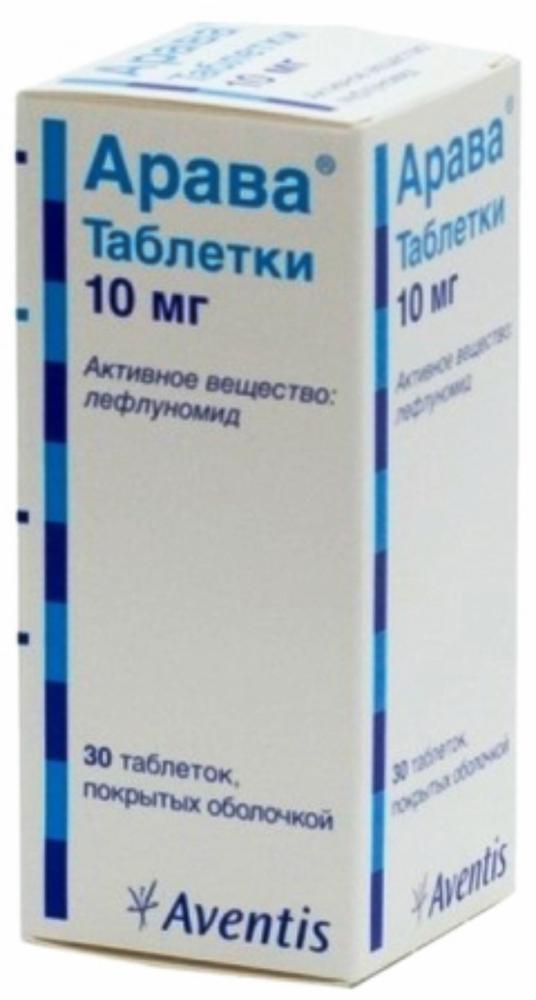

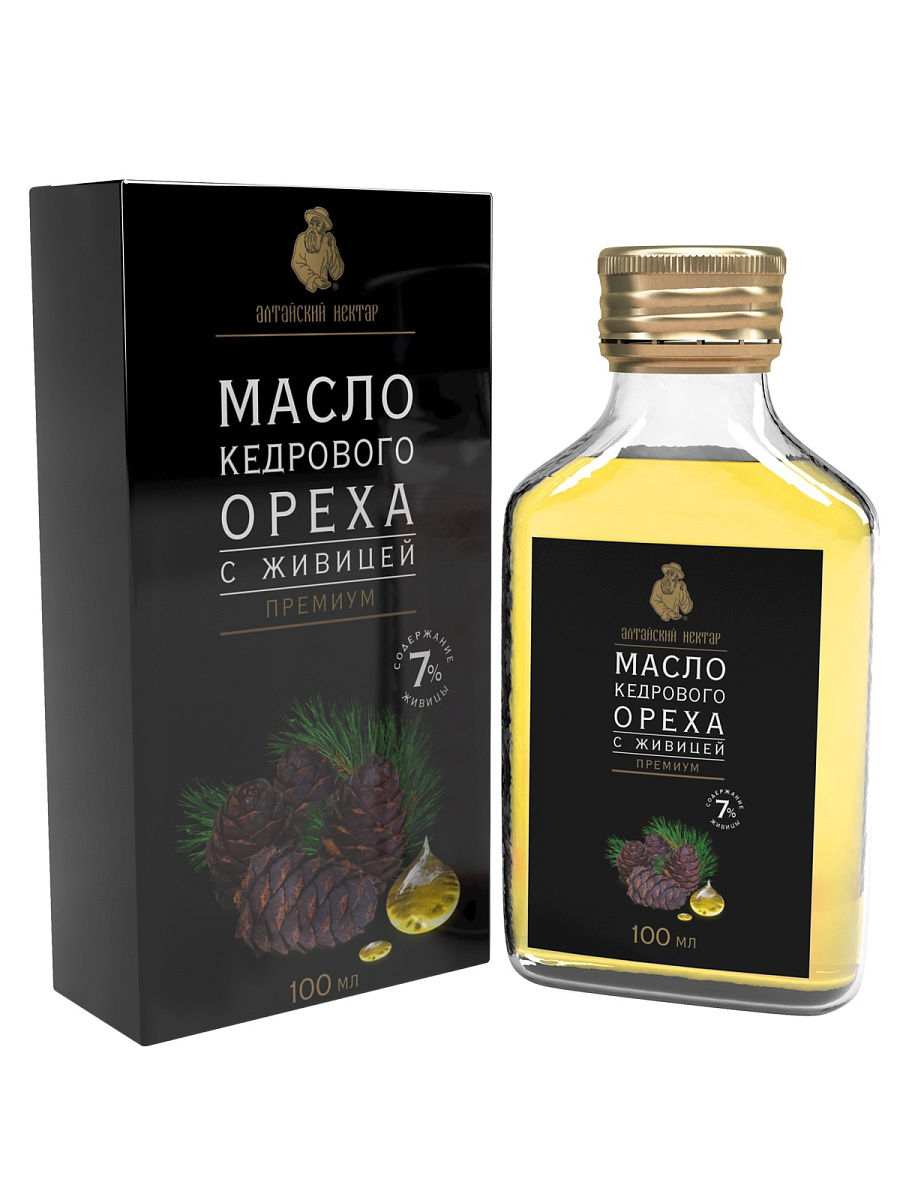




There are no reviews yet.